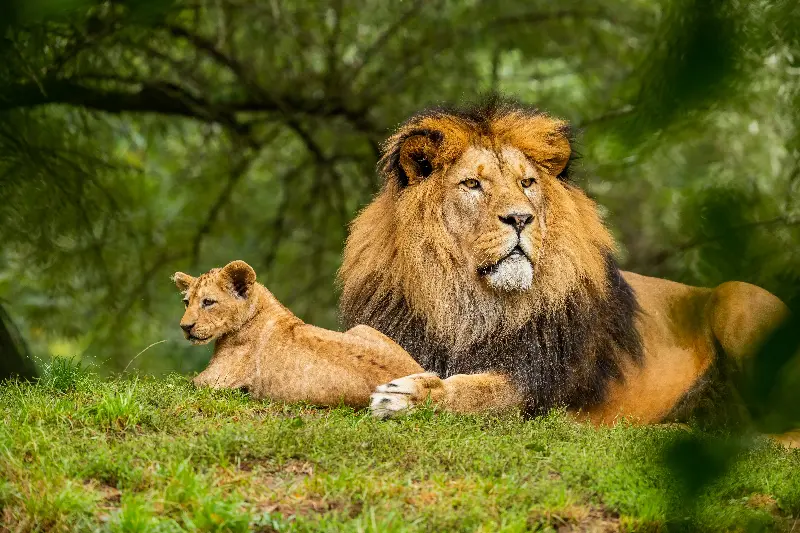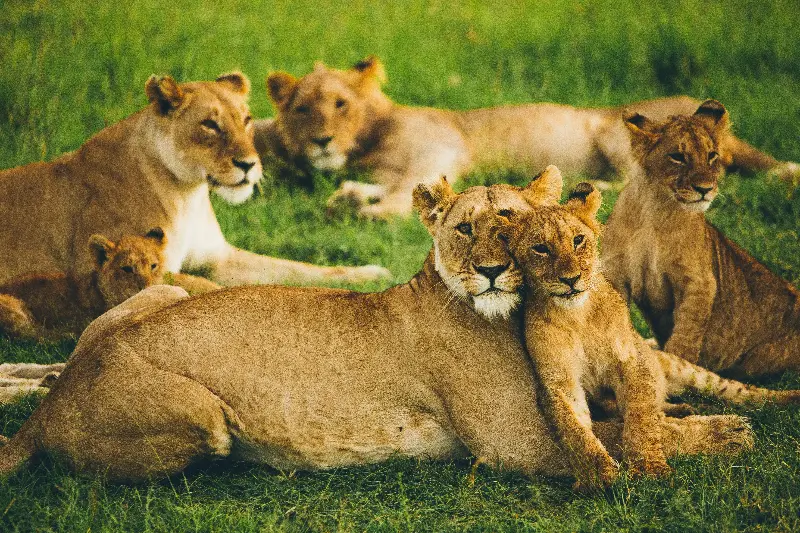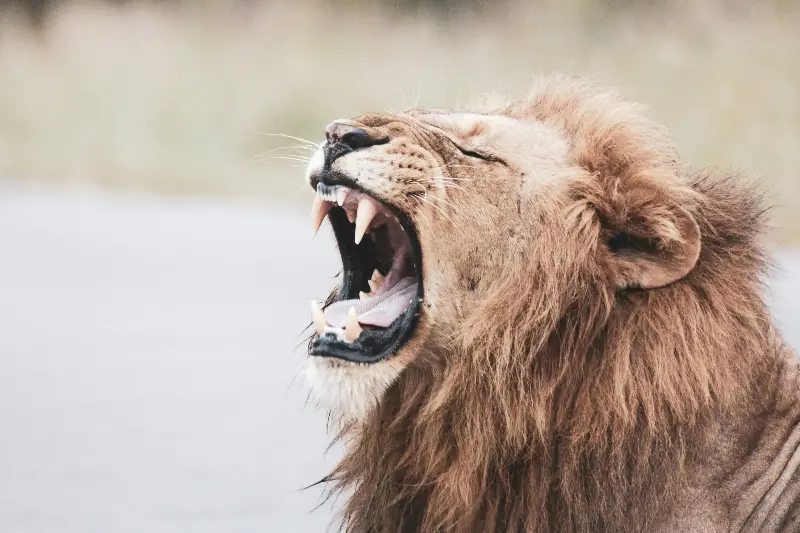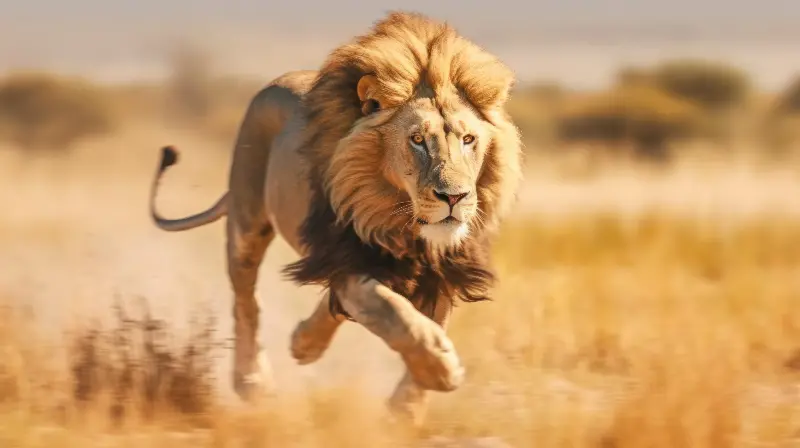In the golden glow of the African savanna, the lion strides forth, a symbol of strength and regality that has captivated humans for centuries. Yet beyond the proud mane and thunderous roar lies a fascinating world teeming with secrets—surprising facts about the lion’s life, its formidable power, and its mysterious majesty. Whether you’re a wildlife enthusiast or simply curious about the crown jewel of Africa, uncover the dazzling realities behind the legend.

A Social King: The Surprising Lifestyle of Lions
Contrary to the solitary habits of most big cats, lions are outrageously social animals. Their intricate social structure, known as a pride, is more complex than many might imagine. A single pride can include up to 40 members, consisting mainly of related females, their cubs, and a small coalition of males. These family groups work together, not just for safety, but for mutual caregiving. Lionesses often synchronize births and work cooperatively to nurse and rear each other’s cubs, giving the pride’s young the best chance at survival.
Male lions, often portrayed as the lazy kings of the savanna, play an essential but challenging role. Their daunting main job is defending the pride’s territory from rival males. Takeover attempts are fierce, with victorious newcomers sometimes killing the existing cubs to ensure their genes become dominant. The expelled males roam as nomads, facing a perilous existence as they search for a pride of their own.

The Science of the Roar: Loudest Voice in the Animal Kingdom
Few sounds are as electrifying as a lion’s roar. Remarkably, this primal bellow can be heard up to five miles away, making it the loudest roar among big cats. The secret lies in the structure of the lion’s larynx, which features flat, square-shaped vocal cords. These allow lions to produce a deeper, more resonant sound, enabling them to communicate across vast distances. Roaring is not just a sign of dominance; it is also a nightly ritual for groups to advertise their presence, signal territory boundaries, and even gather scattered pride members.
Young lions mimic these adult calls at an early age, strengthening their vocal muscles and social bonds. While the first roars are just squeaky practice sessions, they eventually evolve into the thunderous calls that echo through the wild.

Power and Majesty: Built for the Hunt
Lions are armed with powerful bodies finely tuned for hunting prey far larger than themselves. Adult males can weigh up to 500 pounds, and their muscular frames allow them to reach speeds of 50 miles per hour in short bursts—ideal for ambushes. Unlike cheetahs, lions don’t rely on endurance or long chases. Instead, lionesses work together to outsmart and outflank their prey, using teamwork and stealth rather than speed alone.
A lion can take down a zebra with a single bite to the throat, thanks to a jaw pressure of over 650 pounds per square inch. Their forelimbs are equipped with retractable claws and immense strength, propelling them to leap as far as 36 feet in a single bound. Yet, despite their hunting prowess, lions are successful in only about one out of every four hunts. Resting up to 20 hours a day, they conserve energy for these high-stakes moments.

Majestic Features: The Story Behind the Mane
Much of the lion’s mystique lies in the male’s mane, a glorious collar of fur that sets him apart from all other cats. This mane is more than decorative; it is a biological badge of honor. The color and size of a lion’s mane are influenced by age, genetics, and even testosterone levels. Darker, fuller manes are particularly attractive to females and can intimidate opponents, signaling a lion’s health and fighting ability.
Interestingly, lionesses show a preference for males with impressive manes, believing them to be more formidable protectors and partners. Likewise, male rivals are less likely to challenge a lion with a thick, dark mane. In some regions, maneless lions have evolved as an adaptation to warmer climates; this rare phenomenon leads to speculation about how climate and genetics influence their iconic features.
Lions and Their Place in the Circle of Life
Lions are not just apex predators; they are keystones within their ecosystem. By hunting large herbivores such as buffalo, wildebeest, and zebras, they help regulate these populations and maintain the balance of the savanna. Their kills support a host of other wildlife—from scavenging hyenas and vultures to beetles and plants nourished by the remains.
But the king of beasts faces modern dangers. Habitat loss, conflict with humans, and diminished prey mean wild lion populations have dropped by nearly half in the past 25 years. Conservationists are striving to ensure that future generations can still marvel at lions in their natural environments, undertaking bold initiatives from anti-poaching measures to community-driven ecotourism.
The story of the lion is one of power, struggle, and resilience. Far from being simple carnivores lounging in the tall grass, these big cats live connected, dynamic lives intertwined with the fate of the ecosystems they rule. It is their social bonds, their astonishing adaptations, and their enduring symbolism that make the lion not only a king, but an enduring source of inspiration and wonder in the wild heart of nature.
